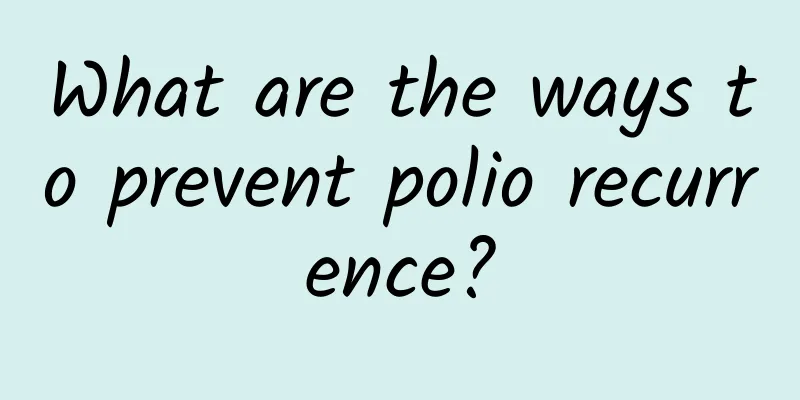What to do if a newborn has jaundice and has favism

|
Parents should pay great attention to neonatal jaundice with favism. They should take their children to the doctor as soon as possible to determine the cause and condition, and avoid triggers that may cause favism symptoms, such as broad beans, certain drugs, etc. Specific treatments for jaundice include phototherapy, exchange transfusion therapy, and causal treatment. 1. Relationship between favism and neonatal jaundice Favism Glucose-6-phosphate dehydrogenase deficiency is a hereditary disease that can easily lead to red blood cell rupture and hemolysis under certain inducements, thus causing neonatal jaundice. The incidence of jaundice in newborns is high, and the risk is further increased if they have favism. Hemolytic jaundice is one of its main manifestations, because ruptured red blood cells release a large amount of bilirubin, which exceeds the liver's metabolic capacity. Parents should note that favism is different from ordinary jaundice, and there are a wide range of factors that induce worsening of the disease, including eating broad beans, contact with drugs containing oxidants, infection, etc. 2How to judge the severity and correct jaundice For neonatal jaundice, especially when it is caused by favism, timely medical testing is critical. It is recommended that parents first ask the doctor to test the blood bilirubin concentration, newborn weight, blood routine, liver and kidney function, etc. If the bilirubin level is high, it can harm the child's nervous system development and may require phototherapy, which uses blue light to help break down excess bilirubin in the skin and reduce toxicity. If the condition is severe and the bilirubin level rises rapidly, exchange transfusion therapy can remove the toxicity in the body in time and relieve symptoms. 3 How to avoid induction and symptomatic care suggestions For newborns with favism, parents should try to avoid factors that may trigger the problem. First, strictly avoid consuming broad beans and their products; second, avoid using drugs such as aspirin and sulfonamides that can easily induce red blood cell rupture; and also ensure that the child avoids infection and enhances the body's resistance. In daily life, pay attention to the child's intake of enough fluids to prevent dehydration, and monitor the condition regularly. If neonatal jaundice is combined with favism, more active treatment and prevention are needed to avoid serious complications that endanger the child's health. Parents should not only follow the doctor's advice to deal with jaundice as early as possible, but also pay attention to the long-term management of favism, avoid triggering factors and have regular checkups. |
<<: What are the main sources of infection for hand, foot and mouth disease in children?
>>: How to treat tonsillitis caused by cold in children
Recommend
What are the common treatments for breast milk diarrhea in children?
What are the common treatments for breast milk di...
How long after dinner is it best to drink milk? It is best to drink milk one hour before going to bed
Milk should be a common drink in most families at...
Symptoms of severe malnutrition
Severe malnutrition has many clinical manifestati...
What should I do if my child coughs badly in the middle of the night?
When a child coughs badly in the middle of the ni...
How to deal with neonatal jaundice more effectively
1. Sunbathing: If conditions permit, you can take...
What are the causes of chronic cough in children? There are 6 common types of chronic cough in children.
The causes of chronic cough in children include c...
How to treat jaundice in newborn babies
Newborn jaundice is generally caused by poor bili...
What are the symptoms of mumps in children?
If a child is found to have swollen parotid gland...
What is the difference between herpetic pharyngitis and hand, foot and mouth disease in children?
The differences between herpangina and hand, foot...
What are the benefits of vegetarianism to the body
Choosing a vegetarian diet can indeed bring many ...
Normal range of jaundice index
The jaundice index is mainly used to assess wheth...
What is the treatment for Kawasaki disease?
Kawasaki disease is a very common disease among c...
What to do if your baby coughs
The organs of a one-month-old baby are not fully ...
What causes Hirschsprung's disease?
The main cause of Hirschsprung's disease is t...
Why do newborns have jaundice?
Neonatal jaundice is a common phenomenon caused b...









